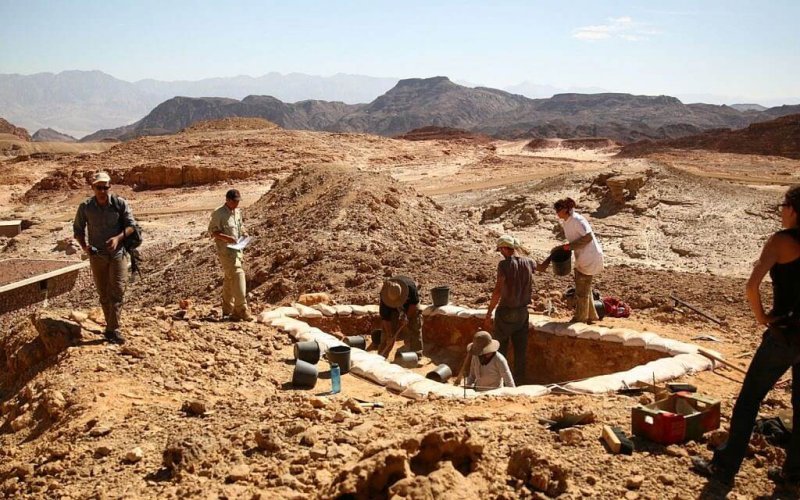Far from any city, ancient or modern, Timna is illuminating the time of the Hebrew Bible—and showing just how much can be found in a place that seems, at first glance, like nowhere.
Having assumed they were working at an Egyptian site, [archaeologist Erez] Ben-Yosef and his team were taken aback by the carbon-dating results of their first samples: around 1000 B.C. The next batches came back with the same date. At that time the Egyptians were long gone and the mine was supposed to be defunct—and it was the time of David and Solomon, according to biblical chronology.
…
Their mining operation, in Ben-Yosef’s interpretation, reveals the workings of an advanced society, despite the absence of permanent structures. That’s a significant conclusion in itself, but it becomes even more significant in biblical archaeology, because if that’s true of Edom, it can also be true of the united monarchy of Israel. Biblical skeptics point out that there are no significant structures corresponding to the time in question. But one plausible explanation could be that most Israelites simply lived in tents, because they were a nation of nomads.































